
A Source of Hope
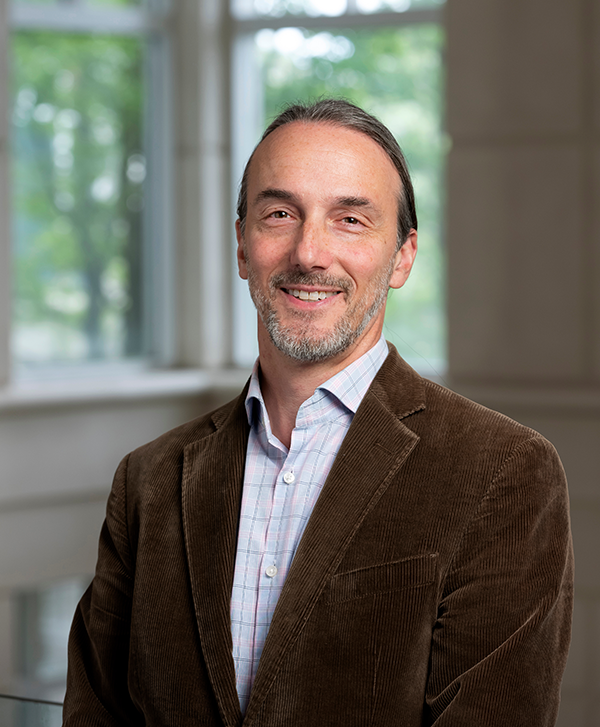
Associate Professor in Psychiatry and Behavioral Sciences
Associate Professor of Psychology and Neuroscience
Director of the Duke Center for Misophonia and Emotion Regulation (Duke CMER)
In a remarkably short period of time the Duke Center for Misophonia and Emotion Regulation (Duke CMER) has become an international leader in advancing research, education, and treatment for people with misophonia and difficulty regulating emotions. It is the only such center in the United States and a living example of the extraordinary impact visionary individuals can have on the world.
Duke CMER would not have come into being without the support of key partners, including many years of inspiring and tireless advocacy by Dr. Jennifer Brout, a psychologist based in Connecticut and the director of the International Misophonia Research Network. She first contacted Dr. Zachary Rosenthal, associate professor in the Departments of Psychiatry & Behavioral Sciences and Psychology & Neuroscience and the director of Duke CMER, more than a dozen years ago and became a scientific colleague and a philanthropic partner with the establishment of the Duke Sensory Processing and Emotion Regulation Program in 2008.
A pivotal five-year gift from an anonymous family enabled Dr. Rosenthal to elevate and expand the Sensory Processing and Emotion Regulation Program to what it is today — Duke CMER, a source of hope for so many around the world.
The Center is grateful to Dr. Brout, the many donors who support its work to advance understanding of misophonia, and especially the family whose generous gift established Duke CMER in 2019.
The Center’s top-line goals are designed to help every person with misophonia reach their full potential and live a life of meaning and purpose, free from suffering. The Center takes a multi-disciplinary approach to achieve its goals to:
- develop tools to measure misophonia
- develop treatments
- share findings broadly and train clinicians
- inform the epidemiological and population management of misophonia
- educate and help parents and loved ones of those with misophonia.
“Now, with the vision and generosity shown by an anonymous family, we have been able to jump-start discoveries about the nature and treatment of misophonia. We are changing people’s lives and bringing hope to the hopeless on a regular basis. It’s an enormous and humbling privilege, and I am forever in gratitude to this family. Without them and other generous donors, this work simply would not be possible.”
– Zachary Rosenthal, PhD
World-class Research

Given how little is known about misophonia, and the lack of scientifically rigorous research to build on, Duke CMER is working to rapidly accelerate and communicate discoveries about the nature and treatment of misophonia.
The focus of this work is on:
- developing tools to measure and characterize misophonia
- advancing treatments across a range of modalities
- growing networks of researchers and clinicians
- reaching individuals experiencing misophonia.
Follow-on Grant Funding

Investment in research conducted at Duke CMER has the potential to leverage additional funding to support further study. Recent follow-on funding support includes:
- A $400,000 grant from the REAM Foundation Misophonia Research Fund (REAM Foundation) to identify the underlying neural circuits that differentiate people with misophonia.
- A $200,000 grant from the REAM Foundation to pilot the acceptability and effectiveness of the Unified Protocol (UP) for transdiagnostic emotional disorders as a treatment for adults with misophonia.
The importance of Duke CMER’s work on behalf of people with misophonia is evident in the many expressions of thanks and gratitude the Center receives from people across the globe.
“I am a Misophonia sufferer myself, so I understand just how valuable research into the condition can be to find a treatment/cure for the condition. Please accept this small gift as a symbol of my support. I hope to help donate more to this cause in the future.”
– Duke CMER Supporter
Key advances in diagnostic tools
Developing tools to measure misophonia is a critical piece of the work that feeds into the Center’s larger goal to understand the characteristics of misophonia and to uncover the medical and mental health problems it encompasses. The Center’s work to characterize misophonia begins with applying rigorous, established research methods — a vast improvement on the generally haphazard approaches previously used to address misophonia.

- The Center has created and validated the Duke Misophonia Questionnaire (DMQ) — the first psychometrically sound diagnostic tool for individuals to self-report their responses to triggers, ways of coping, and functional impairment in misophonia. Prior to this work, people around the world were using poorly constructed or unvalidated measures of misophonia. The DMQ is free and publicly available, and is now being used by clinicians and researchers around the world, including throughout the United States and in the United Kingdom, India, Italy, and Brazil.
- The Center has created and validated the Duke Misophonia Interview (DMI) — the first rigorously developed interview for clinicians and researchers to assess, diagnose, and help people with misophonia. The DMI is free and publicly available to researchers and clinicians around the world.
- The Center has identified in a study soon to be published the sound stimuli that most commonly characterize misophonia. Using the International Affective Digitized Sounds database — an existing collection of scientifically validated sounds for the assessment of emotional arousal and valence — the Center has validated a suite of sounds researchers can use to consistently measure misophonic trigger sounds.
Key findings on associations with mental and medical health
To more directly advance treatment, it is crucial that the prevalence and underlying mechanisms of misophonia are identified.
- Center research suggests that misophonia is often — although not always — associated with one or more of a wide range of mental health disorders. This important finding contradicts earlier less rigorous work that suggested misophonia was and could be treated solely as an obsessive-compulsive disorder.
- A recently published paper reports that anxiety disorders are the most common type of mental health condition that co-occurs with misophonia (57.7%). This study, the first to comprehensively assess DSM-5 mental health diagnoses in misophonia, concludes that misophonia is not related to any specific disorder, but may instead be a separate disorder that sometimes overlaps with other conditions.
- Duke CMER researchers have found that certain medical conditions — including migraines, acid reflux, tinnitus, and hyperacusis (loudness sensitivity) — have a modest association with misophonia. This is the first study to find any associations between misophonia and medical health issues. These associations are exciting because they may lead to treatments related to biology.

Key advances that inform treatment
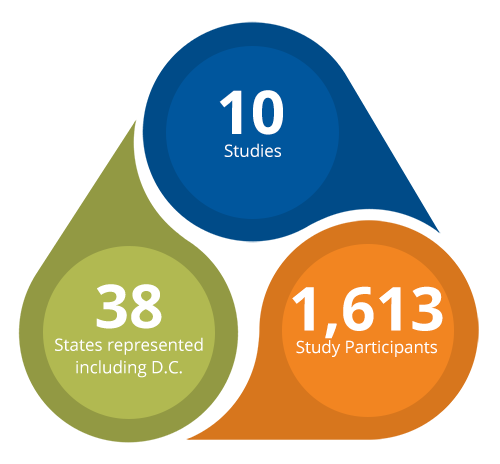
- Some studies using college students have suggested that up to 20% of respondents experience misophonia. A Duke CMER study from a more representative sample of U.S. adults suggests a more accurate prevalence is around 13%. In comparison, most other mental health conditions affect less than 9% of adults, with the exception of anxiety disorders, which impact about 19% of U.S. adults. https://www.nami.org/mhstats
- The Duke CMER study also found that difficulties regulating emotion best characterize misophonia. This is an important finding because evidence-based interventions for emotional dysregulation already exist.
- Duke CMER is also exploring neuroscience and neurostimulation techniques to treat misophonia. Dr. Andrada Neacsiu, an imaging expert at Duke, is conducting a study designed to identify the underlying neural circuits that characterize people with misophonia. This project is nearing completion and could pave the way for neural interventions that target precise areas of the brain.
“As a young woman who has been dealing with misophonia for the last 10 years, I greatly appreciate the work you all are doing. I hope this donation can go towards future studies — in particular, I hope it can help you work towards understanding the nature of misophonic triggers (both visual and auditory) in order to help everyone understand it better.”
– Duke CMER Supporter
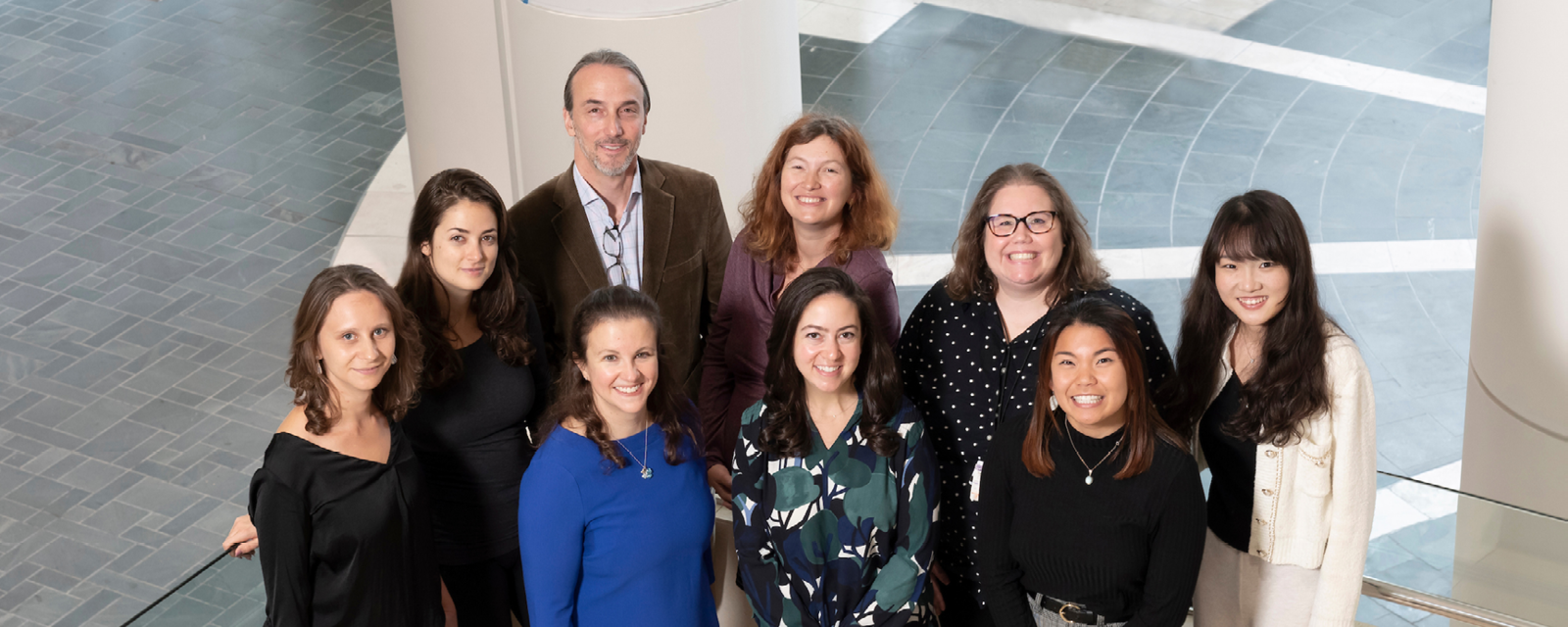
While work is done to determine whether brain-based interventions might be helpful, the team is actively designing treatments using behavioral interventions, including the development of two nearly-complete cognitive behavioral therapy treatments for misophonia. When published these will be the first publicly available treatment manuals for individuals with misophonia. While more definitive follow-up studies will be needed, this work marks a fundamental shift in the global approach to treatment of misophonia.
Patient Care

Although no therapies specific to misophonia have been established through randomized controlled trials, interventions used to treat a range of mental health issues have been shown to be effective for people with misophonia. Duke CMER providers are using evidence-based interventions like process-based cognitive behavioral therapy to help people now. The therapy is collaborative, personalized, and targeted to improve daily functioning impaired by misophonia.
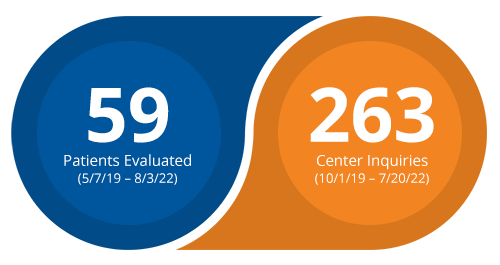
“Every case is unique, but often people can manage better by addressing associated issues. One person might say, ‘I can’t focus on work because I’m always obsessing about the possibility of being triggered.’ Well, the main problem there is what we would call hypervigilance. We have evidence-based CBT interventions for hypervigilance, and we can treat that. It might not make their misophonia go away, but it can still improve their quality of life. Research is essential, but we can’t wait decades before we start helping people. We have to take what we already have and adapt it to help people now.”
– Zachary Rosenthal, PhD
Global Influence

Dr. Rosenthal and Duke CMER have become international leaders in understanding the science of misophonia. Dr. Rosenthal has directly shaped misophonia as an emerging field by guiding misophonia research and serving as a leading global expert in how misophonia is defined, how it is measured, and how it is represented to the public.
Dr. Rosenthal is:
- A scientific advisory board member for the Misophonia Research Fund
- A board of directors member for Soquiet.org (a misophonia advocacy non-profit organization)
- A scientific advisor to the Italian Misophonia Association
- A committee member on the Misophonia Research Fund work group that provided the new and groundbreaking consensus definition of misophonia (Swedo et al., 2022)
- A committee member on the Misophonia Research Fund work group to develop new measures of misophonia
- A keynote speaker at international conferences
- A co-editor of the first special section on misophonia in a peer-reviewed journal.
- CMER and Misophonia featured in the New York Times 9/8/22
“I hope you find a cure. I am a terribly lonely person to be experiencing this in a country like Bangladesh. Thank you for recognizing it.”
– Duke CMER Supporter

Collaborations
Duke CMER believes interdisciplinary, translational, and international collaborations around the world will elevate the quality of science on misophonia worldwide in a way that leverages insights from scientists across disciplines.
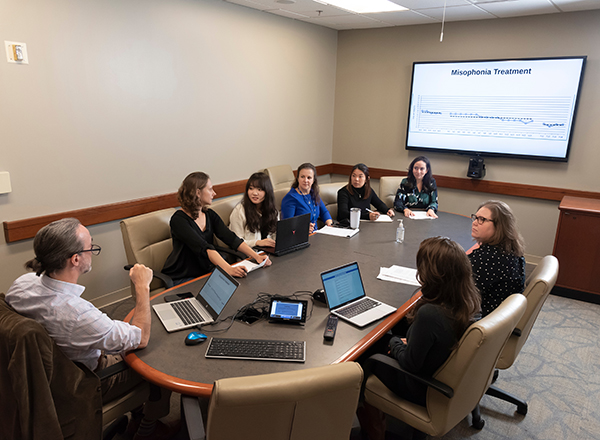
Collaborative programs and research projects are currently under way to:
- Identify longitudinal predictors of misophonia in children and teens (Duke University)
- Understand the genetics of misophonia (University of North Carolina at Chapel Hill)
- Explore the ways in which context influences how people are triggered (University of Warsaw)
- Determine whether misophonia is related to pain and sensory over-responsivity (Tel Aviv University)
- Measure the prevalence of misophonia in India (All India Institute of Speech and Hearing)
- Evaluate the prevalence of misophonia in the U.S. and treatment of misophonia using cognitive behavioral therapies (Oxford University)
- Create a national infrastructure for people in Italy with misophonia. (Italian Misophonia Association).
Education

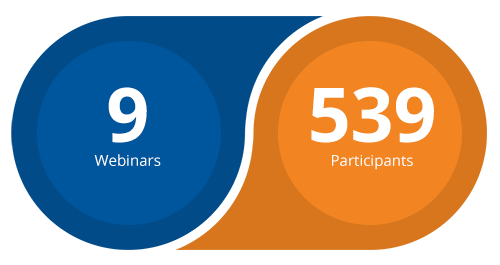
- “Misophonia and Co-Occuring Disorders” April 27, 2022
- “Research Updates” October 20, 2021
- “Updates from the Unified Protocol (UP) Treatment Study for Misophonia” July 15, 2021
- “Neurostimulation and Misophonia” April 17, 2021
- “But What Can I Do? Making Practical Sense of Cognitive Behavioral Therapies for Misophonia” January 14, 2021
- CMER Quarterly E-Conference with UC Santa Cruz Researchers Drs. Nicolas Davidenko and Pat Samermit, September 25, 2020
- “Exploring the Genetics of Misophonia Using the 23 and Me Findings” June 26, 2020
- “Latest Updates in Misophonia Research” February 21, 2020
- “Misophonia: Insights from Recent Studies” November 14, 2019
“Thank you for your work on misophonia. Your book "Exploring Misophonia" and web resources (plus the Facebook parent group and treatment group) have taken my son from a very scary place just this last August to a very comfortable and nearly normal place. I think misophonia is fascinating mental health condition which will shed a lot of light on other conditions like borderline personality disorder, PTSD, sensory problems, and OCD.”
– Duke CMER Supporter
Future Directions
Thanks to the support of the Center’s partners and the commitment of Dr. Rosenthal and his colleagues, Duke CMER has made impressive advances in defining, understanding, diagnosing, and treating this under-studied disorder. But much more work remains.
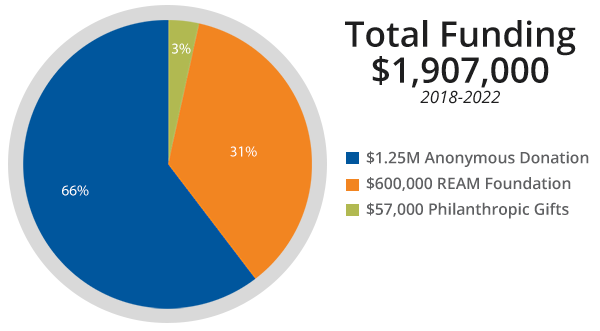
Topics in need of further research include:
- Working to understand the development and causes of misophonia in youth and adolescents
- Examining the genetics of misophonia
- Identifying candidate biobehavioral markers of misophonia using laboratory measures
- Assessing the prevalence of misophonia
- Developing and validating a misophonia support app
- Developing effective treatments for misophonia

